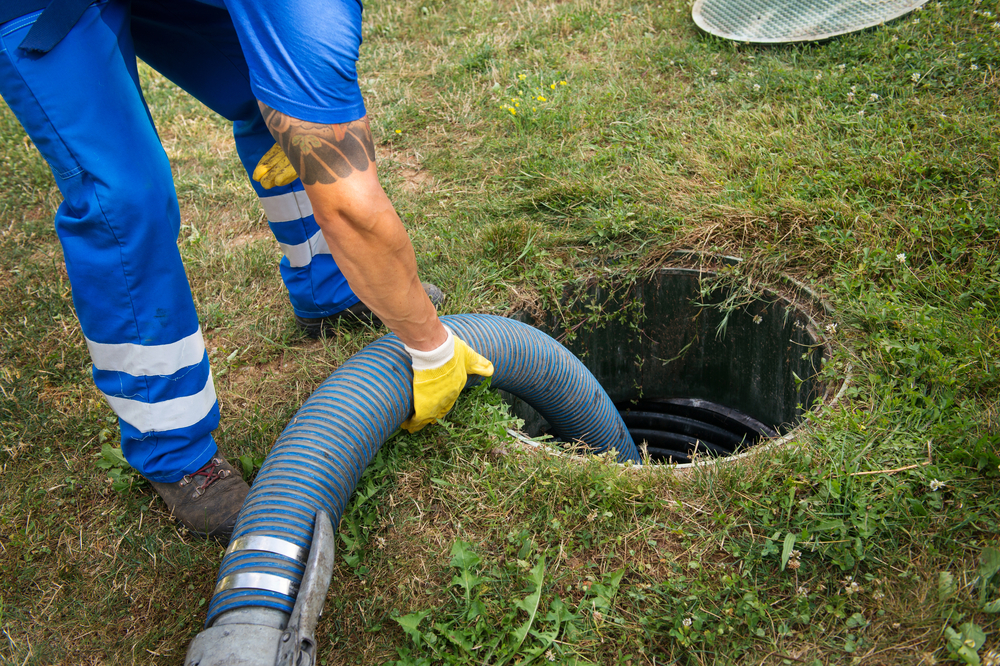
According to the U.S. EPA, about 25% of U.S. residential properties use septic systems to spread sewage and gray water, meaning that nearly four billion gallons of wastewater are distributed under the ground every day.
That’s plenty of water, and if not cared for properly, your septic system can become part of your area’s broader pollution problem, contaminating rivers, drainage, and even drinking water. This is why getting a septic inspection is so important.
Therefore, the most important thing you need to know about your septic system is that frequent inspection and maintenance of your septic system is necessary to prevent ecological problems or more expensive repairs.
In comparison to a conventional city sewer network, septic systems are the responsibility of the property owner to manage rather than that of the government. If and when you go to sell your property, you will have to show your septic system maintenance records and pay for a system inspection.
This means keeping up with septic tank repairs and inspections is smart, as this will save you time, money and hassle when it comes to selling your home or business.
Furthermore, while most municipal sewer systems can allow almost unlimited use of water, septic systems perform much better with low-flow toilets, faucets, and other appliances, and “rest” periods should be provided, ideally for best performance each night. This means that if you run your household on a conventional septic system, delaying dishwasher or other household tasks until overnight may not be the best choice. Replacing older toilets and showerheads with new, low-flow varieties may also be a good idea.
Septic systems are an environmentally friendly, affordable option for many properties with proper maintenance and septic inspections. We will ensure that your septic system is in accordance with your local codes, meets EPA requirements and operates properly as long as you own your home or business.
Warning Signs or Need for a Septic Inspection
Many homeowners and property owners believe that a little draino or roto visit from a plumber will easily fix slow drain sinks or bathrooms. That may be true, but if you’re working on a septic system, it’s important to know that slow drainage can be a sign of septic system trouble or malfunction, particularly if you find this symptom in more than one sink, bath, or drain at home. If more than one of these in your home or business is draining slowly, your septic tank may be backing up or it may impact the outflow tubing.
Sewage Slow drainage may be the first sign of a septic problem, but in some cases, the septic tank problems can skip straight to back up. When you see sludge in your bathtubs, water coming up from your sinks or other septic system backup signs, this is a common indication that your septic system is in desperate need of septic tank pumping or repair.
It’s advisable to keep an eye on their septic system drain field and walk semi-frequently through that section of your property to test for problems. It is a good idea to call for a pumping or septic inspection if you begin to notice standing water, unseasonable humidity or any kind of smell in your yard or drain field. If your drain field does not work properly, your septic tank or drain pipe may also be in trouble.
In your home septic systems, gross smells are very clean and hygienic for your entire family if they work properly. Your house shouldn’t smell bad plumbing, nor should you notice sewage odors in your yard. When you start smelling your septic system in your bathroom, kitchen, or anywhere else that you’ve got a drain in your house, it’s a sign that your septic system doesn’t work properly.
If in your home or business you see or smell any of these warning signs, call Waco Septic Pumping or similar reputable business. Septic specialists are available to assist with any septic system or maintenance situation and are happy to answer any septic questions you may have.